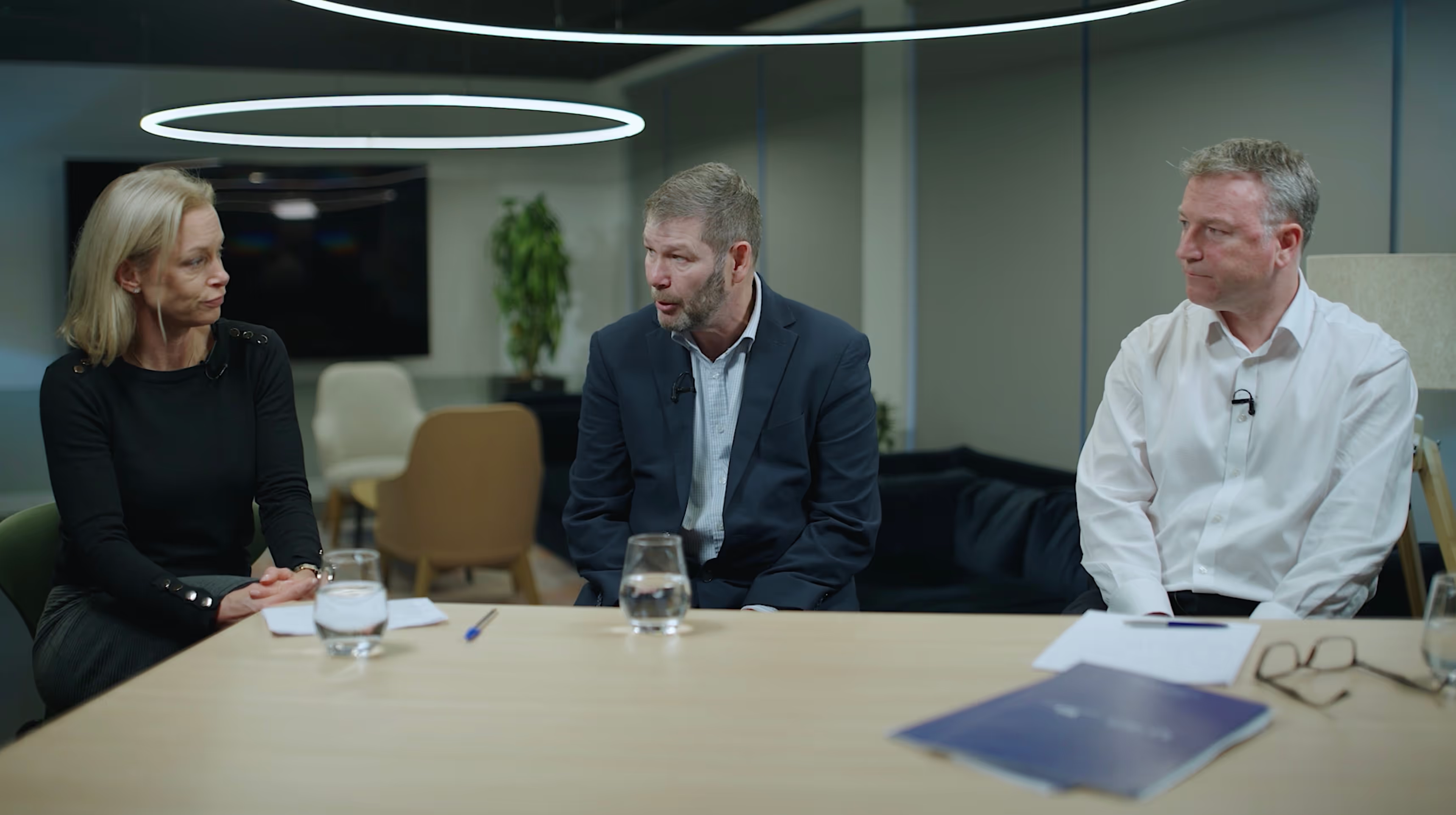De-Risking Ai in Ir Video: Speed, Scale and the Governance You Need
AI has become an essential production assistant. It can help IR and communications teams produce more content, in less time, without increasing headcount.

AI has become an essential production assistant. It can help IR and communications teams produce more content, in less time, without increasing headcount.
Here are some of the most effective uses:
1. Editing and cut-downs
AI tools can identify key soundbites, generate short clips, and suggest titles within minutes of receiving a longer recording. That means faster turnaround from a results call to social-ready clips.
2. Captions and accessibility
Automated transcription tools now achieve accuracy rates above 95% when properly trained on a company’s terminology. They make content accessible for all viewers while meeting regulatory accessibility standards.
3. Localisation
For companies reporting across multiple markets, AI translation and subtitling dramatically shorten the path to multilingual versions. A human translator can then refine tone and context rather than starting from scratch.
4. Brand consistency
AI can enforce templates for layouts, logos, and typography, keeping every video aligned with brand guidelines. This is especially useful when multiple teams or agencies are producing assets concurrently.
5. Asset management
Machine learning systems can tag and categorise past footage, making it easier to find relevant clips or quotes for future use. This supports continuity across campaigns and reduces duplication of effort.
Each of these uses is tactical, measurable, and low-risk when properly supervised.
Where AI stops helping
There are limits. Investor communication depends on accuracy, tone, and timing. These areas cannot be left to an algorithm.
1. Message accuracy
AI cannot tell the difference between material and non-material information. It might accidentally highlight or rephrase something that alters meaning or introduces risk. Final messaging must always be reviewed by someone who understands disclosure rules.
2. Tone and nuance
AI lacks awareness of market sentiment, leadership style, and brand context. It cannot judge when a clip sounds too casual, defensive, or promotional. Tone is strategic, not procedural, and belongs to human editors.
3. Compliance interpretation
Disclosure regulations are complex. AI can help organise approvals, but it cannot decide whether a statement constitutes forward-looking guidance. Legal and compliance teams remain the final authority.
4. Contextual sequencing
A CEO’s comment that works in a 10-minute interview might become misleading when lifted out of context. AI tools often make these cut-down decisions automatically. Every short clip needs human oversight to confirm it still represents the intended message.
The human-in-the-loop model
The safest and most effective approach is not to replace humans with AI but to embed AI into a human-in-the-loop workflow.
At CorpCast, this means:
- AI is restricted to specific activities: ideation, VO, caption drafting and research
- Human editors review every output for meaning, compliance and tone
- Legal or comms teams approve the final version before distribution
- Each version and approval step is recorded automatically for audit
This approach combines speed with accountability. The machine accelerates repetitive tasks while people protect interpretation and intent.
Version control and audit trail
AI increases the number of outputs you can produce. That also increases the need for clear version management.
Every video should have:
- A unique identifier linked to the original source material
- Metadata recording who approved it and when
- Notes on any edits made by AI or human editors
- Storage in a secure, searchable archive
These records demonstrate governance and are invaluable if a regulator, exchange, or investor ever questions timing or content.
Balancing speed with scrutiny
AI makes it tempting to publish faster than your internal process allows. Resist that urge. In investor communications, timing is tightly bound to disclosure control.
A strong governance model allows you to move fast after approvals, not before them. AI should serve the process, not circumvent it.
The opportunity ahead
With the right structure, AI becomes an accelerator rather than a liability. It enables IR teams to produce consistent, accessible, and timely content that strengthens transparency and trust.
The future of investor communications will be a blend of automation and human expertise. Companies that master both will not just communicate faster; they will communicate better.
Final thought
AI is not a replacement for expertise. It is a tool for teams who already understand the rules and want to work more efficiently within them.
The real value lies in combining automation with accountability. That balance is what separates responsible adoption from unnecessary risk.
With a human-in-the-loop process, AI becomes a force for clarity and control — exactly what investors want to see from the companies they trust.
Ready to Transform Your Investor Communications?
Turn every update, report, or conversation into high-performing content that drives measurable business growth and investor engagement.


